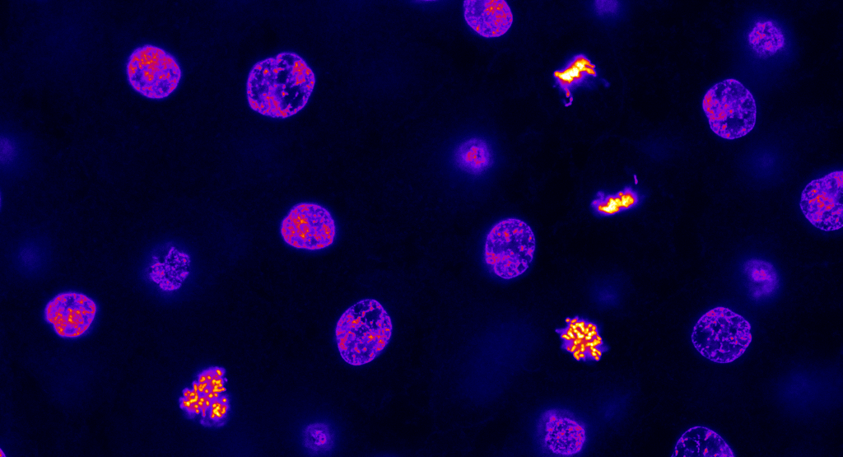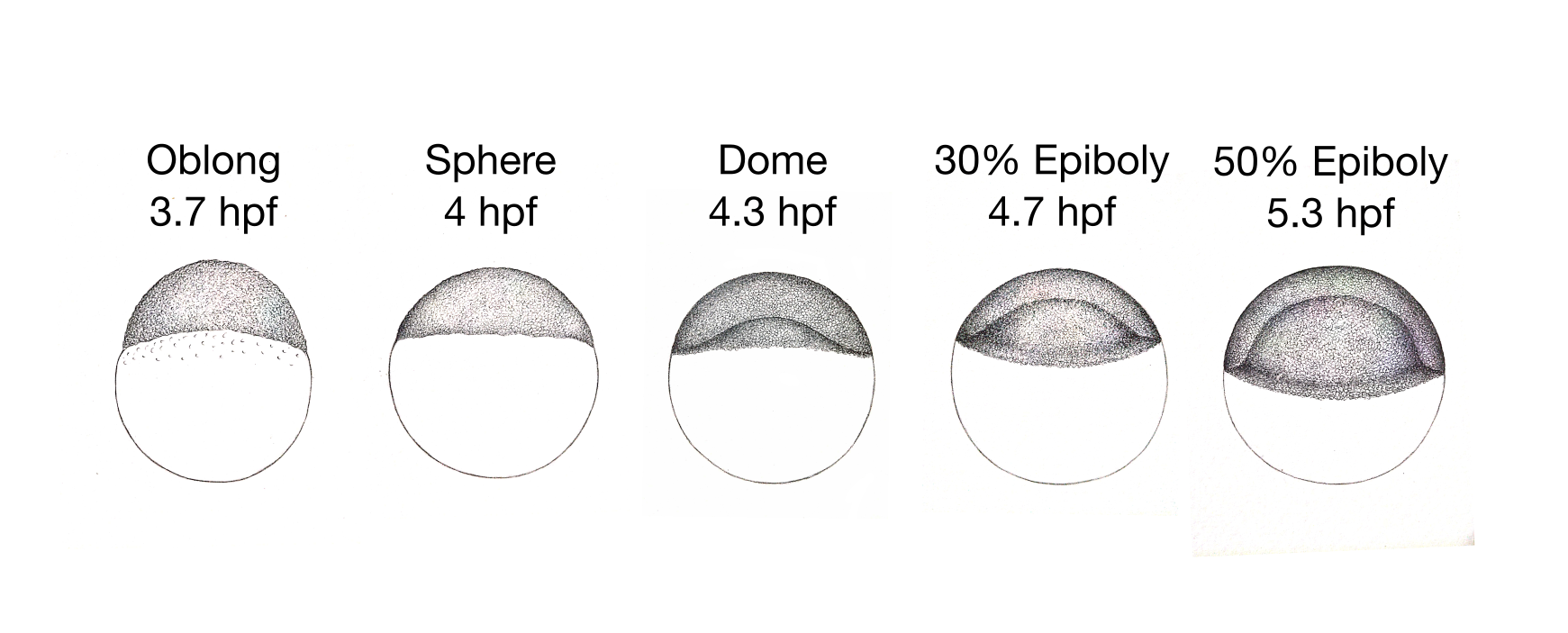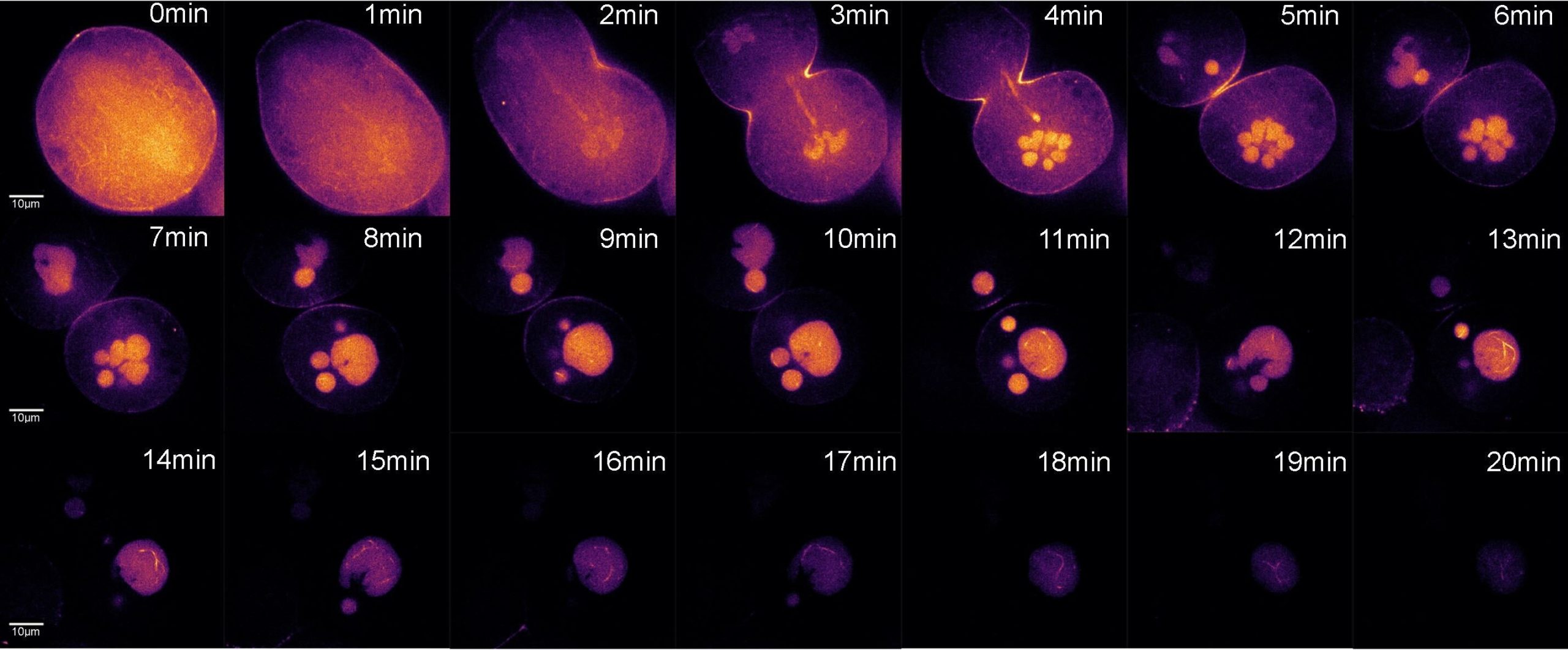Lennart Hilbert’s group at Karlsruhe Institute of Technology (KIT) explores three-dimensional (3D) organization as the foundation of effective information processing in dense DNA suspensions. In particular, we study the cell nucleus as a highly evolved, DNA-based information processing system. In our work, we visualize the inner workings of the nucleus with live and super-resolution microscopy. We translate our observations into physical principles and information processing strategies by means of physical models and computer simulations. Ultimately, we hope to contribute to cell-embedded DNA computing, and the predictive design of DNA-based hardware.
Our laboratory is part of the Institute of Biological and Chemical Systems – Biological Information Processing (IBCS-BIP), a multi-disciplinary center of biological research at KIT. Lennart Hilbert is also Junior Professor of Systems Biology/Bioinformatics at the Zoological Institute at KIT. We are also embedded in the BioInterfaces International Graduate School as well as the Helmholtz Information and Data Science School for Health (HIDSS4Health).
In addition to our core funding via KIT, we are also supported by and participating in the DFG Priority Program “Molecular Mechanisms of Functional Phase Separation”, the NSFC-DFG Joint Sino-German Projects, as well as DFG individual project funding (“Normalverfahren”).
Explore our homepage to learn more about our research, who we are, and possibilities to join our team.
Click on the images to find out more!





